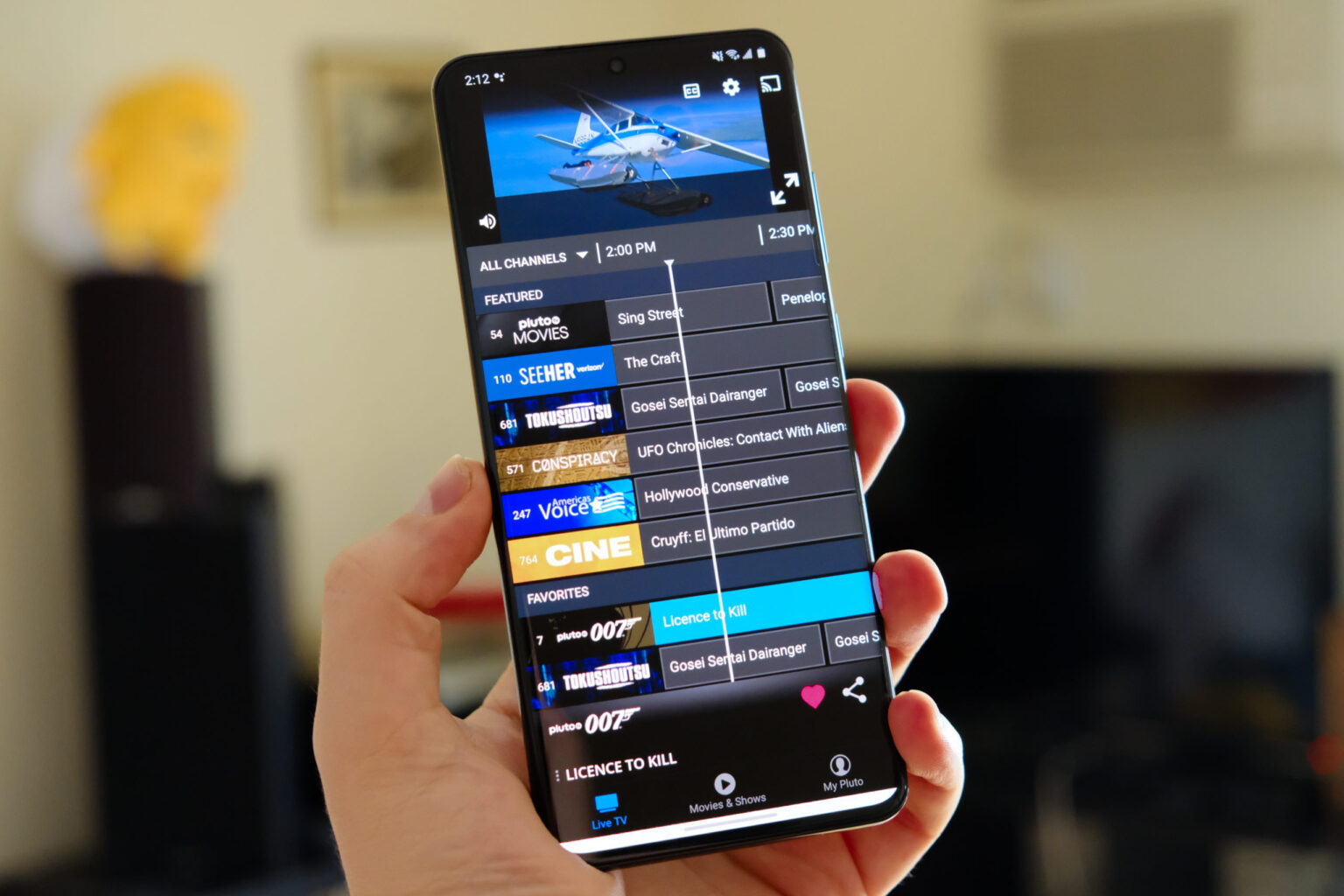
How to Create a Movie Streaming App
Developing a business like Netflix or Hulu may seem too complex to try, but it’s not as hard as you think. You’ll need to follow several key steps to get there, and this article will go over them in detail. Let’s begin!
Step 1. Decide your niche
First and foremost, you’ll need to decide which content category your streaming app will offer to people. Here are a few examples;
- Netflix, HBO, Hulu, and Amazon Prime are leading examples of the ‘entertainment category in the streaming industry. They’re highly profitable too, and the audience demands seem big enough to accommodate new competent streaming services (like yours).
- Education is another key niche for streaming services, as people are highly likely to watch ‘how-to’ videos rather than reading the information in the form of instruction manuals or tutorials. Other sub-niches can also fit in, such as cake making, magic tricks, origami, or day trading, etc.
- Fitness is also a category that people are willing to pay for as long as there’s valuable content to be consumed. 30-day challenges, Yoga watch-and-learn videos, and dietary education can all be featured within the niche.
Step 2. Create or feature?
Streaming services can create their original content, or feature the work of other distributors, or both (e.g., Netflix).
To collaborate with other video content distributors, you’ll have to obtain a public performance license. You can do that by;
- Renting movies from authorized licensed distributors,
- Or contacting copyright holders.
The choice depends on your business model, goals, and preferences—both options are legitimate. With the former option, you’ll have to get in touch with distributors like Motion Picture Licensing Corporation (MPLC) or SWANK Motion Pictures. With the latter choice, you’ll have to get into contact with rightful copyright holders, i.e., the studio.
Step 3. Monetization model
There are three ways you can choose from to monetize your video service;
Pay-Per-View
Pay-Per-View is the simplest and most straightforward scheme of pricing, allowing users to pay for every video they stream.
Subscription
Netflix has always used the subscription-based monetization model. Almost one-third of professional broadcasters adopt this monthly payment strategy to provide unrestricted access to their content library to the viewers for 30 days. If you regularly release new video content on your app, this model might be the one for you.
Ads
Like YouTube, you can rely on ad revenue from advertisements running on your video content as viewers consume the content for free. Hulu also uses this model of monetizing its content, but it only works sustainably if you’ve got a large viewer base.
Step 4. Developing a Streaming App MVP
Finally, it’s time to create a minimal viable product (MVP) by keeping all of the above in mind. During this stage, you should clarify all functional and non-functional requirements in this stage. Think and rethink the design choices, set timelines, and goals. During this development stage, it’ll be extremely helpful to follow an in-depth guide on building an on-demand streaming app to keep you on the right track.
It’s essential for the app to have a smooth user experience (UX), as that has been the key to Netflix’s success. The interface needs to be simple, responsive, quick, and intuitive. Users should have easy access to the content, have the ability to create lists, and search by titles, genres, actors, etc.
Step 5. Gather feedback
You’ll need feedback right after your MVP launches in its beta stage. Ask your viewers for the additional features they’d like to see, and how they like the current stage. You can carry this out by;
- Social media polls
- Email surveys
- In-app feedback
The industry is highly competitive, so you must always be on the lookout to make things better and better for your users. All the best!



